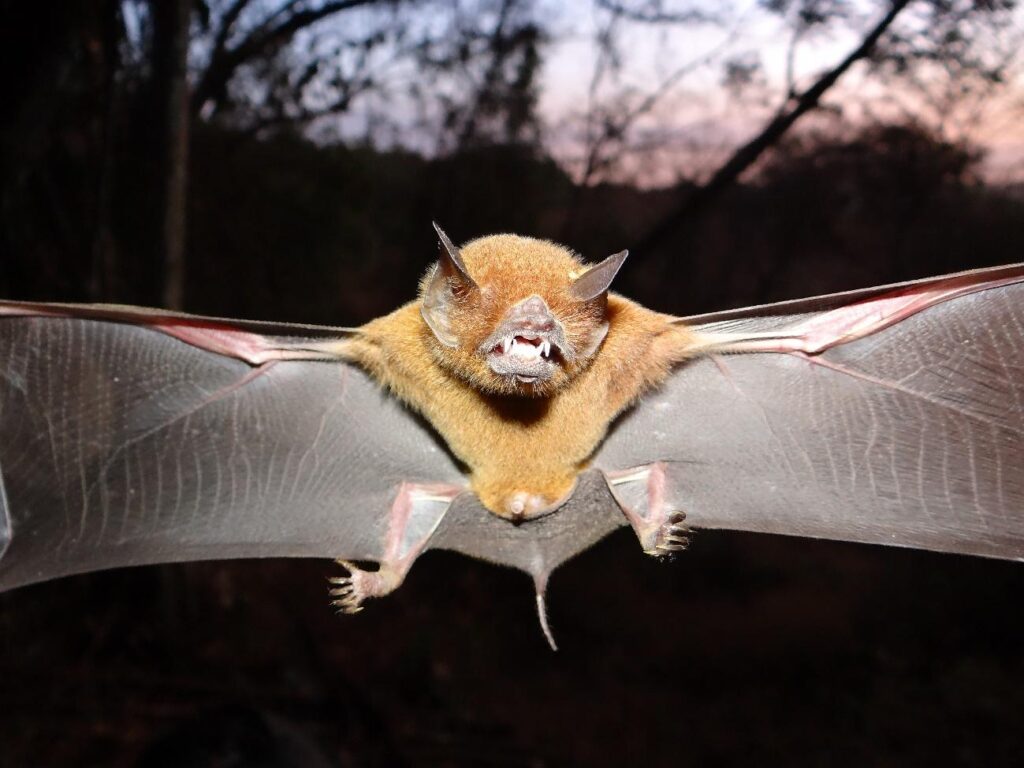As part of the dissemination strategies for cave environments a representative species of the cave fauna of each country — International Cave Animal of the Year — is chosen as a way of disseminating information about the subterranean biodiversity associated with these magnificent ecosystems.
This action was initiated in Germany in 2009 when amphipods of the genus Niphargus were chosen as representatives of the cave fauna at that time.
Posteriorly, other countries have joined this worldwide campaign to promote cave fauna, including Spain (2014), Australia (2019), Italy (2019), Switzerland (2019), the United States (2020), Austria, Greece, and Portugal (2021).
In 2021, Brazil through its national federation — Sociedade Brasileira de Espeleologia(SBE) — also joined this campaign, having chosen the beetle Coarazuphium cessaima as the first representative of the Brazilian International Cave Animal of the Year.
Continuing this project, The Cave Animal of the Year presented by Brazil in 2022 is the bat of the species Pteronotus rubiginosus (Wagner, 1843). Among the criteria for their choice, we consider their close relationship with this environment and the formation of colonies of hundreds of thousands of individuals that alter the entire physical structure and environmental dynamics of the caves where they live, forming the “bat caves”. In these cases, these colonies can change the trophic dynamics of these caves, influence their genesis and, change their climatic conditions, transforming them into real “hot caves” (PILÓ et al., 2021). In view of the late start, our 2022 campaign will extend to July 2023, where during the 37th Brazilian Speleology Congress we will choose a new representative of our country’s cave fauna.

Foto: Daniela Pedrosa


















